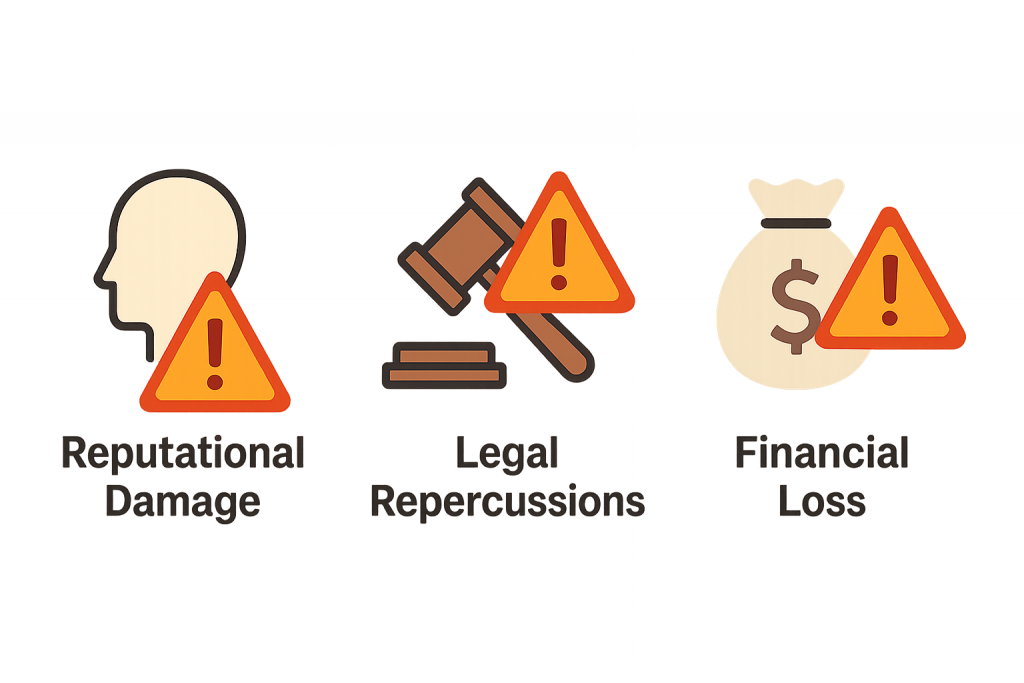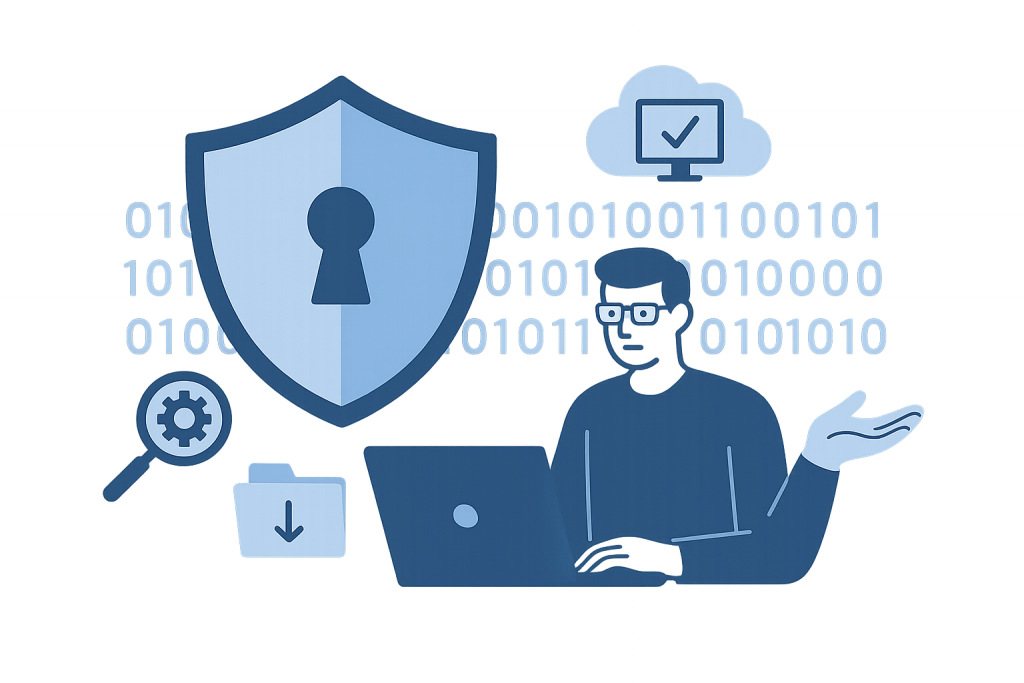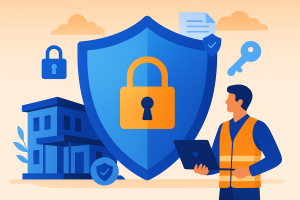Ransomware attacks have long been a staple in the cybercriminal’s toolkit, often involving the encryption of sensitive company data and demanding payment for its decryption.
However, a new threat is emerging that goes beyond simply locking down your data—it's called data extortion. Instead of merely encrypting your files, hackers now steal sensitive information and threaten to publish it unless a ransom is paid.
This shift in tactics presents a new set of challenges for businesses, especially small to midsize companies aiming to protect their critical operations and reputations.
The Evolution of Cyber Threats
In the traditional ransomware model, attackers relied on encryption to prevent victims from accessing their own files. Today, cybercriminals are increasingly focusing on exfiltrating confidential data—ranging from client information to intellectual property—and then threatening public exposure if a ransom is not paid.
According to recent cybersecurity intelligence, these data extortion attacks have seen a sharp uptick over the last year.
Explore how the AEC industry is fighting back against emerging cyber threats.
Hackers recognize that the potential fallout from a public data leak can be even more damaging to a company’s reputation and bottom line than a temporary lock on systems.
A Sharp Rise in Data Extortion Incidents
Security experts report that a growing proportion of breaches involve data theft rather than just ransomware. The fear of having private emails, customer details, or proprietary information posted online often compels businesses to pay these ransoms quickly. Small and medium-sized enterprises (SMEs) can be especially vulnerable, given their sometimes limited cybersecurity budgets and resources.
Why Data Extortion Is More Dangerous

- Reputational Damage
One of the main reasons data extortion is more perilous than traditional ransomware is the potential for severe reputational harm. A single leak of sensitive client records can erode trust in a brand that took years to build. Even businesses that pay the ransom aren’t guaranteed confidentiality; attackers may still leak or sell the data. - Legal and Financial Consequences
Data protection laws and regulations impose hefty penalties for breaches. Companies can face lawsuits from clients, partners, or employees whose data is compromised. These financial risks compound the ransom demands, making data extortion attacks a double threat. Discover how to shield your business from financially motivated cyber attacks. - Continuous Extortion Cycles
Unlike a one-time ransomware payment, data extortion can turn into an ongoing cycle. Attackers may retain copies of stolen information and repeatedly demand more money, leveraging the data as a bargaining chip every time.
Why Traditional Defenses Are No Longer Enough

For many years, businesses have relied on firewalls, antivirus software, and periodic security scans to safeguard their systems. While these measures are still fundamental, they aren’t sufficient against modern attackers who use advanced tools, including artificial intelligence, to breach networks. Learn how to boost your AEC business with smarter IT security.
- Advanced Hacker Techniques
Cybercriminals now use AI-driven malware that can adapt to typical security measures in real time. They also deploy sophisticated phishing campaigns to trick employees into giving up credentials, bypassing even robust firewalls. - The Need for Proactive Threat Detection
Relying on reactive cybersecurity strategies puts organizations perpetually on the back foot. To combat these new tactics, businesses must invest in proactive solutions—those that identify threats before they infiltrate critical systems.
Strategies to Protect Against Data Extortion

- Embrace a Zero Trust Security Model
Zero Trust Security assumes every user, device, or application is untrustworthy by default. It requires continuous verification of access privileges, helping ensure that even if attackers gain a foothold, they can’t freely move throughout your network. - Implement Advanced Threat Detection and DLP
Modern threat detection tools use machine learning to spot unusual behavior patterns in network traffic and user activities. Coupled with Data Loss Prevention (DLP) solutions, you can identify and block unauthorized data transfers in real time. - Regular Employee Training
Employees are often the first line of defense. Regular cybersecurity training can help them recognize phishing attempts, use strong passwords, and remain vigilant. Encouraging a culture of security awareness significantly reduces human error, one of the most common entry points for data extortion attacks. - Conduct Frequent Backups
While backups won’t prevent data theft, they remain crucial for restoring operations quickly if ransomware is used or if any system is compromised. Offsite or cloud-based backups ensure that you can recover essential data even if your primary environment is breached.
In an era where hackers increasingly leverage data extortion to inflict reputational, financial, and legal harm, it’s imperative for businesses to upgrade their cybersecurity strategies. Traditional defenses no longer suffice; a holistic approach—combining Zero Trust principles, advanced detection tools, thorough employee training, and regular backups—is essential. By taking these steps, you greatly reduce the risk of falling victim to data extortion and can more confidently protect your organization’s future.
Whether you’re just beginning to strengthen your cybersecurity posture or considering professional assistance, now is the time to act. Don’t wait until your data—and reputation—are on the line.
Ready to take the next step?
Let us help you assess your current defenses and build a tailored security strategy that meets your business needs. Contact our team today for a no-obligation consultation and discover how proactive cybersecurity measures can safeguard your data, reputation, and long-term success.






